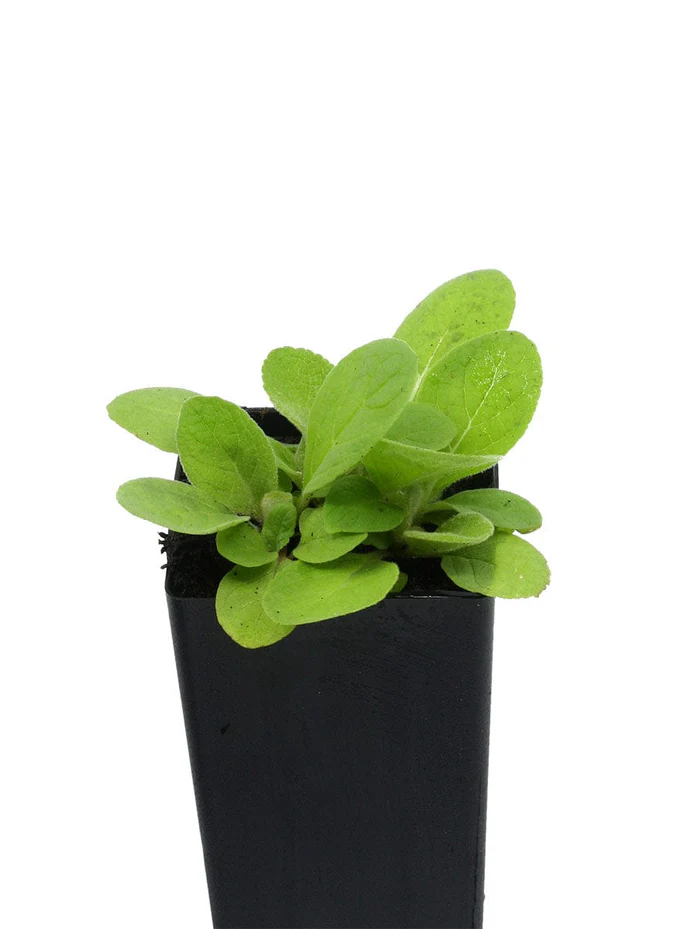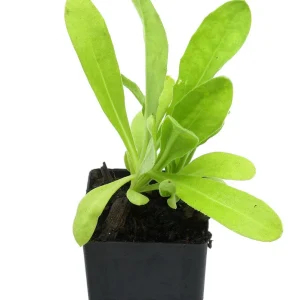Description
Mullein (Verbascum thapsus) is a versatile and valuable plant with a rich history of traditional and modern uses. This hardy biennial herb is known for its tall, fuzzy leaves and striking yellow flower spikes that add a unique texture and beauty to any garden. Mullein is not only an attractive ornamental plant but also offers a wide range of medicinal, culinary, and practical applications.
Usually available: All year
Life cycle: Biennial
Height: 2m
Position: Full sun
Soil preference: Well drained
Medicinal Uses
Mullein has been used for centuries in traditional medicine to treat various ailments, particularly those related to the respiratory system. The leaves and flowers contain mucilage, which has demulcent properties that can soothe irritated mucous membranes in the throat and lungs.
Mullein is often used to alleviate symptoms of coughs, colds, bronchitis, and asthma. It also has anti-inflammatory and analgesic properties that can help relieve pain and inflammation associated with earaches and other conditions.
Culinary Uses
While not a common culinary herb, mullein flowers can be used to make a sweet, aromatic tea that has a pleasant taste and can help soothe sore throats. The leaves can also be used to make a savory herbal tea, although it is less popular due to its slightly bitter taste.
Other Uses
Mullein has a variety of other practical uses. The dried leaves can be used as a natural insect repellent, and the fuzzy leaves can be used as a natural tinder for starting fires. In a survival situation, the large, soft leaves can be used as a makeshift toilet paper or to create insoles for shoes to prevent blisters. The tall flower stalks can be dipped in wax or oil and used as torches.
Mullein can be a valuable plant for preppers and in survival situations. Its medicinal properties can help treat respiratory issues and provide pain relief when medical supplies are limited. The large, soft leaves can serve as a substitute for toilet paper or be used to create insoles for shoes to prevent blisters during long treks.
The dried leaves can be used as a natural insect repellent, and the tall flower stalks can be used as torches. Additionally, mullein’s ability to thrive in poor soils and tolerate drought conditions makes it a reliable plant to cultivate in uncertain times.
Growing Conditions
Mullein is well-suited to growing in various climates throughout Australia. It prefers well-draining soil and can tolerate poor, rocky soils. Mullein is drought-tolerant and can thrive in full sun to partial shade. It is a biennial plant, meaning it completes its life cycle over two years. In the first year, it produces a rosette of fuzzy leaves, and in the second year, it sends up a tall flower spike that can reach heights of up to 2 meters.
Companion Planting
Mullein can be a beneficial companion plant in the garden. Its tall flower spikes attract pollinators like bees and butterflies, which can help improve pollination of nearby crops. Mullein is also known to accumulate minerals from the soil, particularly potassium, which can benefit neighboring plants.
Scientific Studies
Several scientific studies have investigated the medicinal properties of mullein. A 2011 study published in the Journal of Ethnopharmacology found that mullein extracts exhibited antimicrobial activity against several bacterial strains, including Staphylococcus aureus and Escherichia coli.
Another study published in the Journal of Alternative and Complementary Medicine in 2002 found that mullein leaf extracts had anti-inflammatory and analgesic properties in animal models.





Reviews
There are no reviews yet.